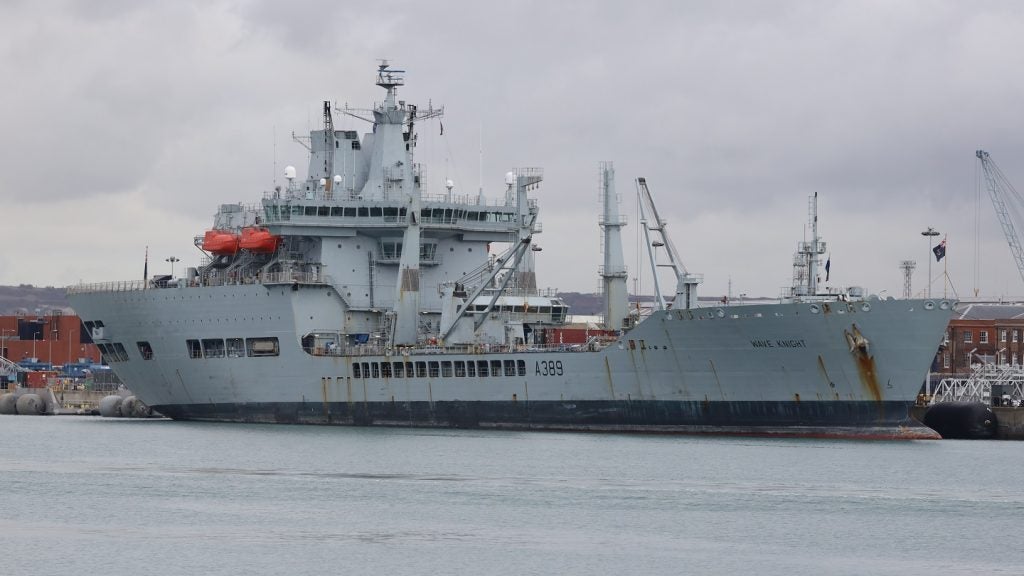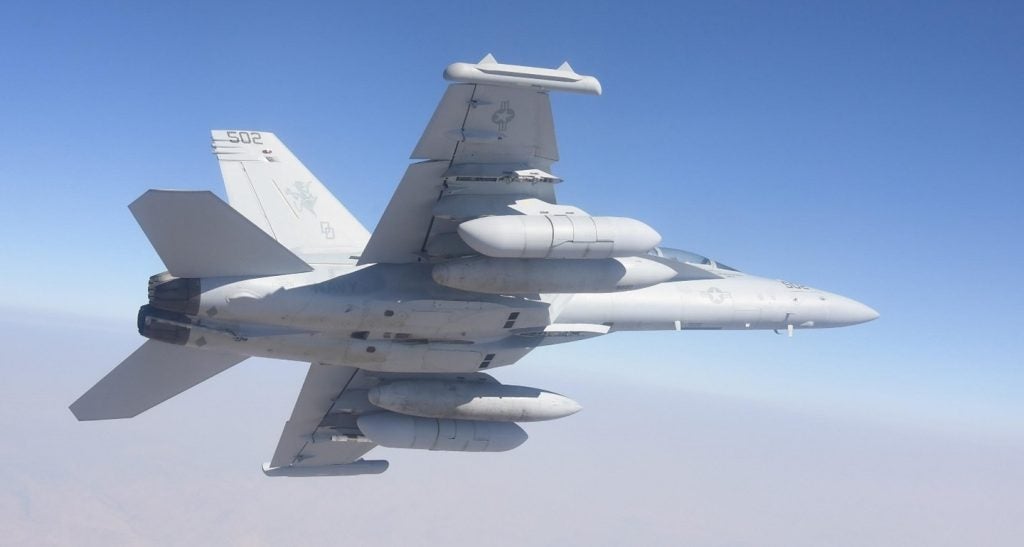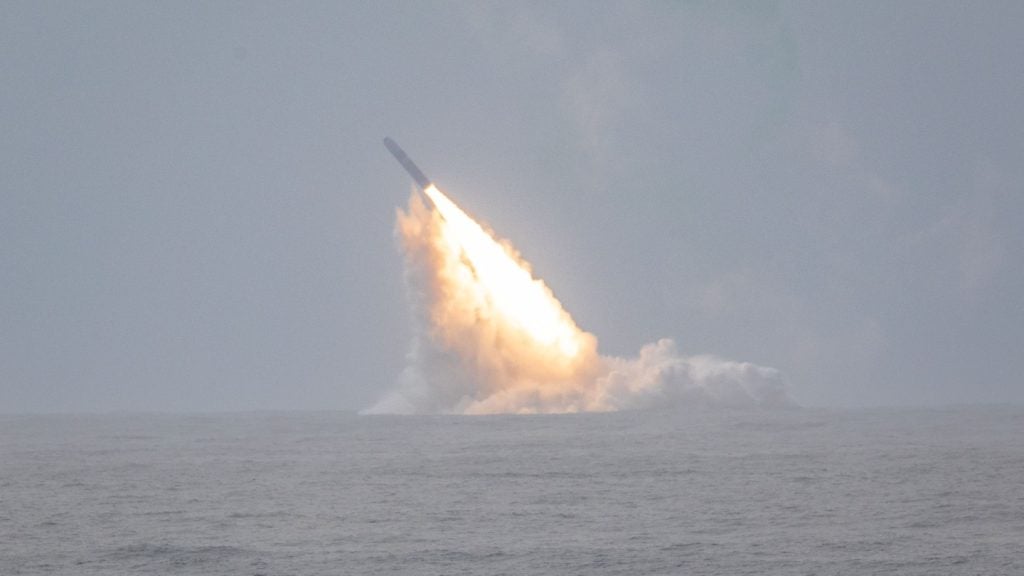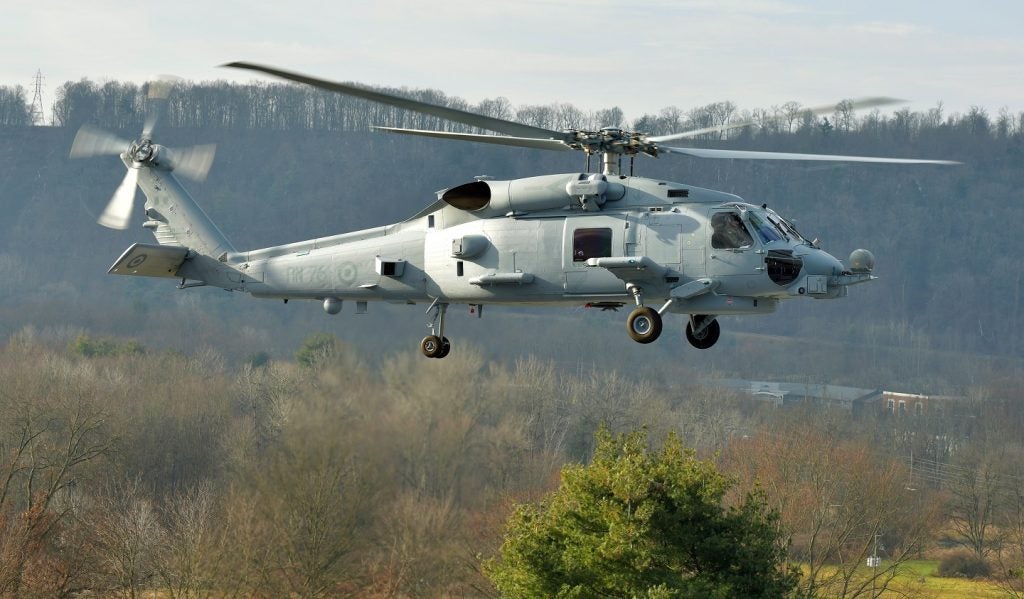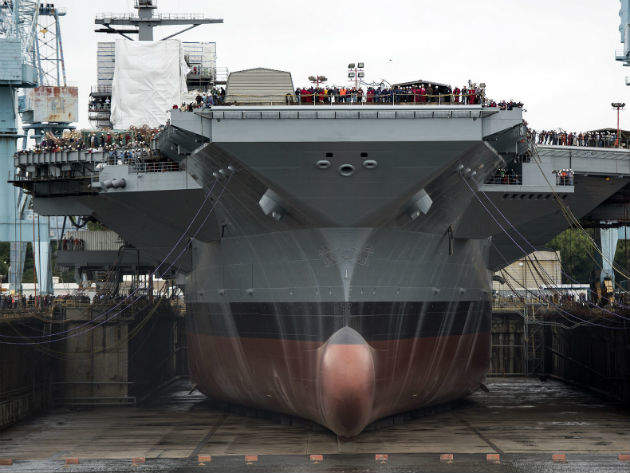
July 2016 was not a good month for the US Navy’s nuclear-powered USS Gerald R Ford aircraft carrier. Two blows were dealt to the programme, in the form of a leaked memo outlining severe issues with the vessel’s warfare capabilities, and an official acknowledgement from the navy that the delivery date had slipped once again, this time to late 2016.
The memo – obtained by US media outlets – attributed comments to the director of the organisation responsible for conducting operational test and evaluation of equipment for the US Department of Defense (DoD). These comments indicated that issues with four major systems on board the $12.9bn aircraft carrier will “significantly limit CVN 78’s ability to conduct combat operations” unless they are resolved.
The concerns lie with the carrier’s aircraft launch and recovery system, the weapons elevators’ ability to move onboard munitions, and the radar’s ability to conduct air traffic control with ship self-defence – all of which affect major areas of flight operations. The memo went on to say that fixing these problems – likely requiring redesign of the carrier’s launch and recovery systems – could result in another delay to the programme which is already behind schedule. Indeed, the navy had only days before confirmed that delivery would not take place until November at the earliest, a date that looks to have slipped further still.
First in class
When ordered by the US Navy in 2008 the future USS Gerald R Ford (CVN 78) was set to be the first in class of the most advanced and impressive warships ever constructed. Being built by Huntington Ingalls Industries (HII) in Newport News, Virginia, four 1,106ft vessels will replace the Enterprise and Nimitz class aircraft carriers, providing the US Navy’s core capabilities of forward presence, deterrence, sea control, power projection, maritime security and humanitarian assistance.
From the outset the new class of carriers was projected as a more efficient and cost-effective capability than the vessels it would replace, with each ship projected to save more than $4bn in total ownership costs over the course of its 50-year service life. Each vessel will operate with nearly 700 fewer crew members than the Nimitz class, with the embarked air wing able to operate with 400 fewer personnel due to improvements in ship design and new technologies that reduce standing watch and maintenance workloads. At the same time, the ship is configured to increase the sortie generation rate of attached strike aircraft by 33% over the Nimitz class.
Another first for the CVN 78 include it being the first carrier designed with all electric utilities in order to eliminate steam service lines from the ship; and new A1B reactor, electromagnetic aircraft launch system (EMALS), advanced arresting gear (AAG) and dual band radar all designed to offer enhanced capability with reduced manning.
How well do you really know your competitors?
Access the most comprehensive Company Profiles on the market, powered by GlobalData. Save hours of research. Gain competitive edge.

Thank you!
Your download email will arrive shortly
Not ready to buy yet? Download a free sample
We are confident about the unique quality of our Company Profiles. However, we want you to make the most beneficial decision for your business, so we offer a free sample that you can download by submitting the below form
By GlobalDataDevelopment risks of the first in class
However, all these ‘firsts’ present a number of first-of-class challenges for CVN 78, to which the navy attributes much of the $2.3bn in cost overruns that the vessel has endured to date.
Developmental risk is an accepted issue for first of class vessels, but CVN 78 is in its own league here, with a number of on-board systems perceived to be in danger of being delivered ‘unproven’ – installed but not tested.
Developed by General Atomics Electromagnetic Systems (GA-EMS), the electric motor-based AAG system provides for aircraft deceleration during aircraft carrier recovery operations using energy-absorbing water turbines coupled to a large induction motor. Testing in 2014 recorded nine arresting failures out of 71 – a failure rate 248 times higher than expected.
GA-EMS has also developed the EMALS as a replacement for the steam catapult system used on earlier carriers. This system has been designed with reduced thermal signature, topside weight and installed volume; along with increased launch operational ability for a variety of manned and unmanned aircraft and reduced manning and lifecycle costs. However in the same testing set, the system recorded 201 launch failures from 1,967 attempts.
The report did not specify the results of the radar and weapons elevator testing, but these showed below expectations results, throwing into doubt the ability of the carriers to generate the increased sortie rate predicted.
Slow progress and additional tests
The navy has maintained that these issues can be resolved through further testing of the systems, but by September 2015 it was clear that the original 2015 delivery date was not going to be achieved. Slow progress of the vessel’s shipboard testing programme was cited by the navy for the delivery’s delay into March 2016. Now, given the programme’s ongoing woes, pushing toward the latter stages of 2016 is not only throwing the delivery schedule into further doubt, but throwing shade over the navy’s entire acquisition strategy from some political quarters.
Following the navy’s two-month delay announcement in July, Senator John McCain, chairman of the Senate Armed Services Committee, said in a statement: “The navy’s announcement of another two-month delay in the delivery of CVN 78 further demonstrates that key systems still have not demonstrated expected performance. The AAG cannot recover airplanes. Advanced weapons elevators cannot lift munitions. The dual-band radar cannot integrate two radar bands. Even if everything goes according to the navy’s plan, CVN 78 will be delivered with multiple systems unproven.
“This situation is unacceptable and was entirely preventable. The Ford class programme is a case study in why our acquisition system must be reformed – unrealistic business cases, poor cost estimates, new systems rushed to production, concurrent design and construction, and problems testing systems to demonstrate promised capability.”
The navy has not specified exactly which tests remains before the carrier can be delivered; but it is likely that a lot of the finer issues that should ideally be resolved before delivery will be left for the post-shakedown period.
Meanwhile, HII is making progress on the build of the second of class, the future USS John F Kennedy (CVN 79), with the vessel taking shape in dry dock. This vessel’s keel was laid in August 2015 and it scheduled to be launched in 2020 and delivered to the navy in 2022.



